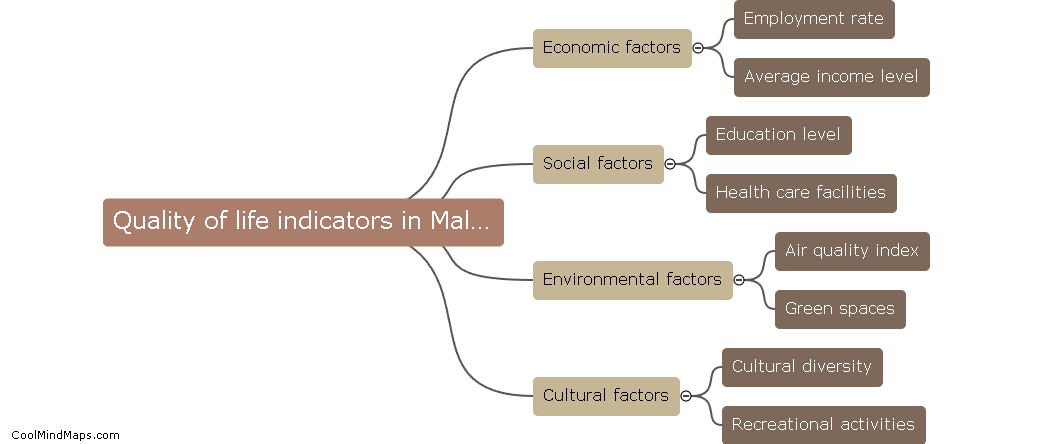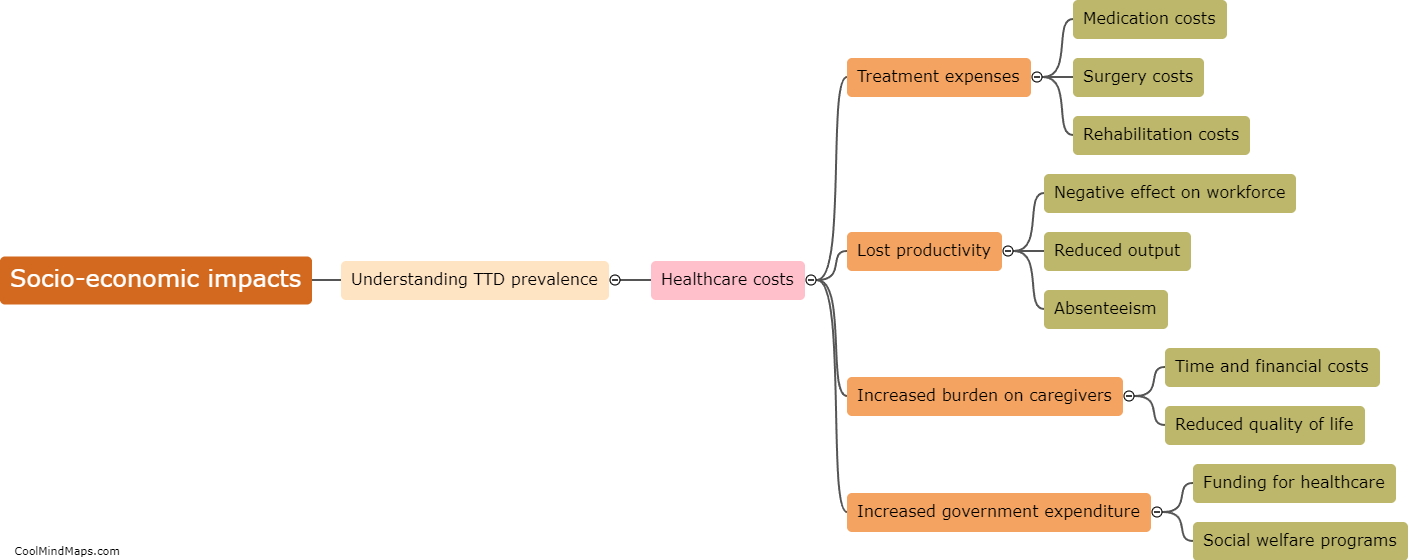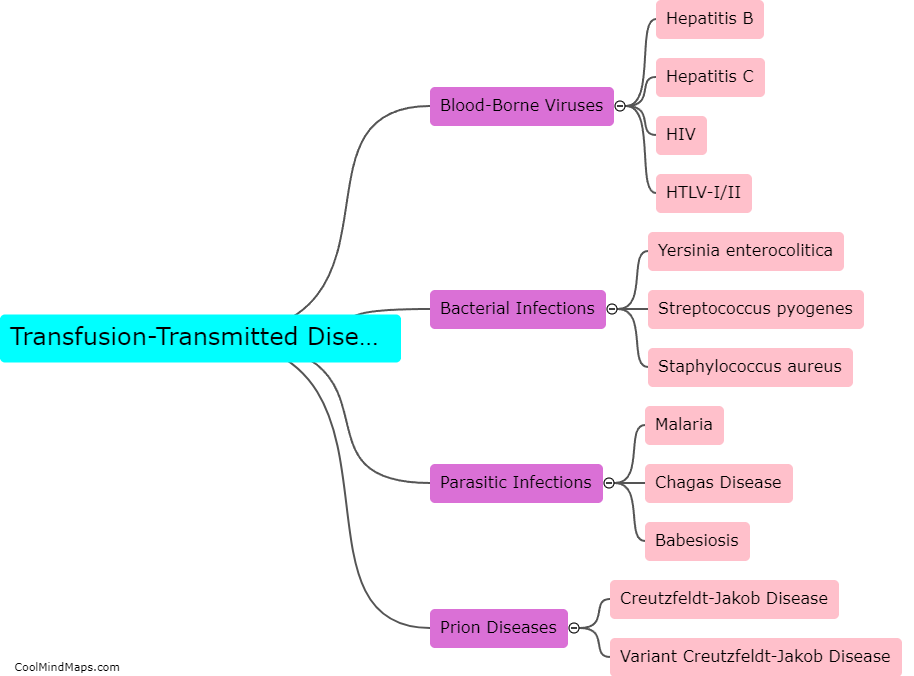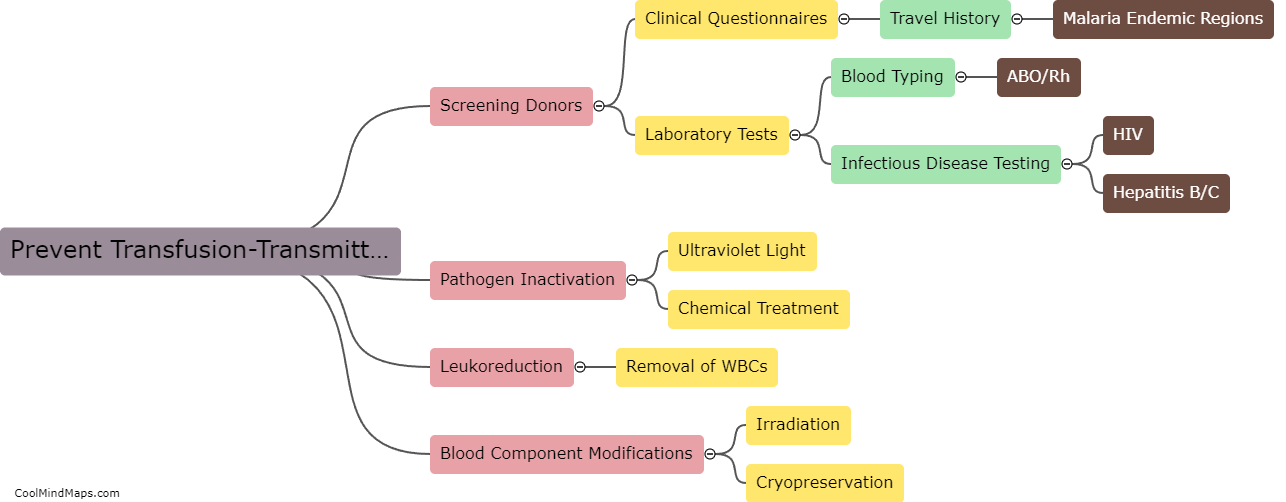What policy implications come with understanding TTD prevalence?
Understanding the prevalence of tick-transmitted diseases (TTD) has significant policy implications for public health authorities and governments. Firstly, it emphasizes the need for effective prevention and control measures, such as public education campaigns on tick identification and removal, targeted use of tick repellents, and management of wildlife, which often serve as reservoirs of TTDs. Secondly, it underscores the importance of increasing access to diagnostic and treatment services for affected individuals, as timely intervention can prevent long-term health complications and reduce healthcare costs. Finally, it encourages a coordinated and integrated approach between different stakeholders, including healthcare providers, policymakers, and the general public, to tackle the rising threat of TTDs effectively.

This mind map was published on 25 June 2023 and has been viewed 109 times.











